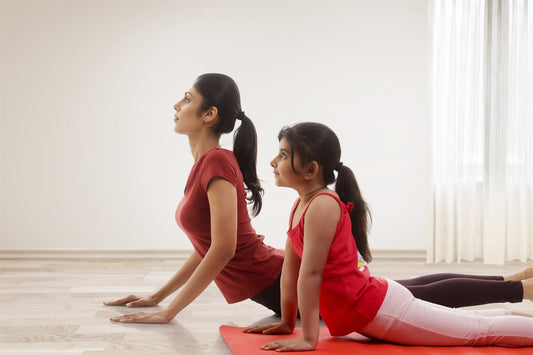2. Include All Food Groups
Irrespective of how healthy they may be, you should not stick to just one or two food groups. Instead, you should include all food groups such as grain foods, fruits, vegetables and legumes, dairy, and meat/poultry/nuts. A good tip would be to spread them across the course of various meals.
3. Go For Smaller Portions
Eating small portions frequently allows the body’s metabolism to run smoothly. That, in turn, goes a long way in the management of weight.1,2.
4. Care For Mental And Physical Development
Pre-schoolers go through rapid physical (height, weight, muscle, and bones, etc.) as well as mental (skills regarding learning and thinking, social skills, etc.) development. Studies have shown that by 6 years of age the brain attains 90% of its adult size 3. 60% of the height and 30% of weight gain also takes place by this time^. Therefore, you must include foods that cater to their body in every possible way. Include a balance of high protein foods like cottage cheese and non-veg for physical development and foods that help in brain development like dry fruits, eggs, etc.
In addition to that, you can add Junior Horlicks to your child’s diet. Junior Horlicks contains nutrients like Choline, Iron, Iodine, etc., which are known to support brain development, as well as calcium, Vitamin D, vitamin K & Protein which are known to support physical growth and development. It also contains nutrients such as Vit E, A, selenium & copper to support healthy immune function.
5. Don’t Force New Foods
It is important to keep a menu that regularly rotates through its offerings. While you should encourage new foods, it should be done by offering very small amounts and not by forcing it on their palate.
It may be tough to meet the nutritional needs just through a regular diet and even more so in the case of little children who are mostly finicky about eating.







